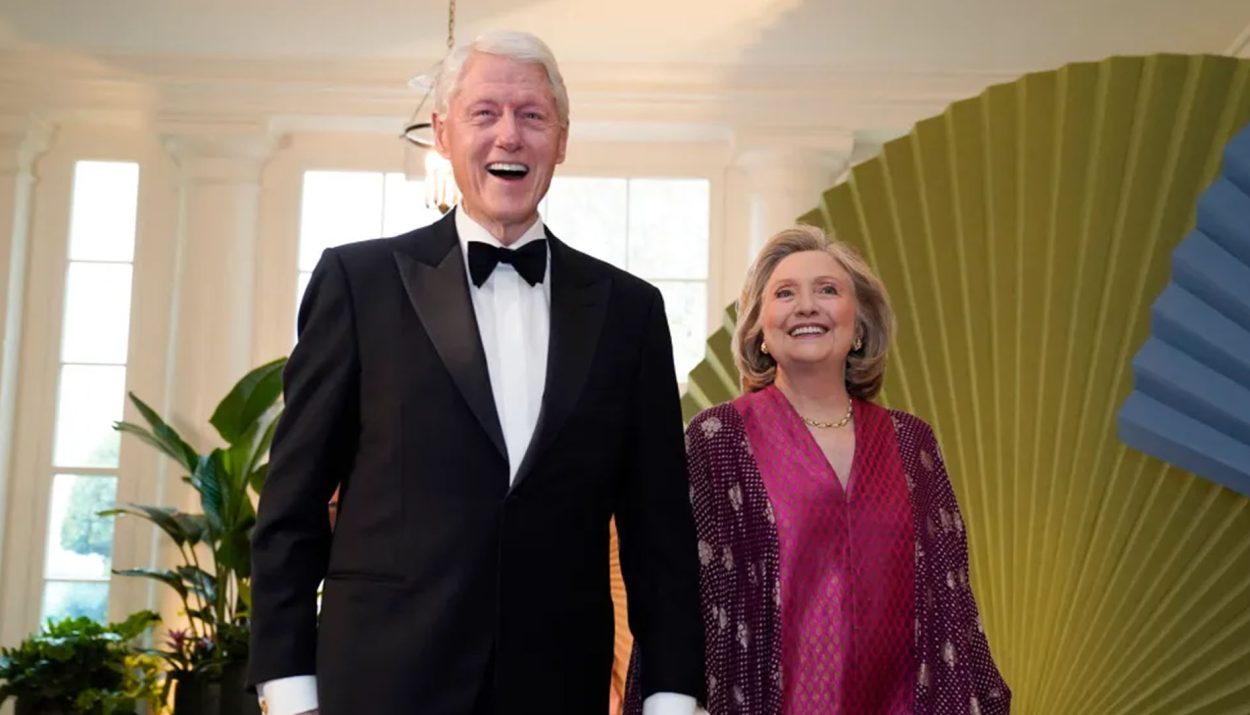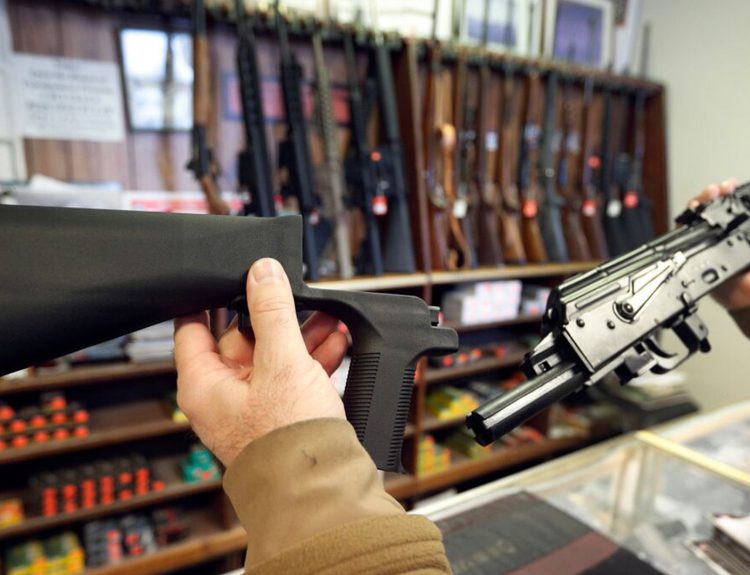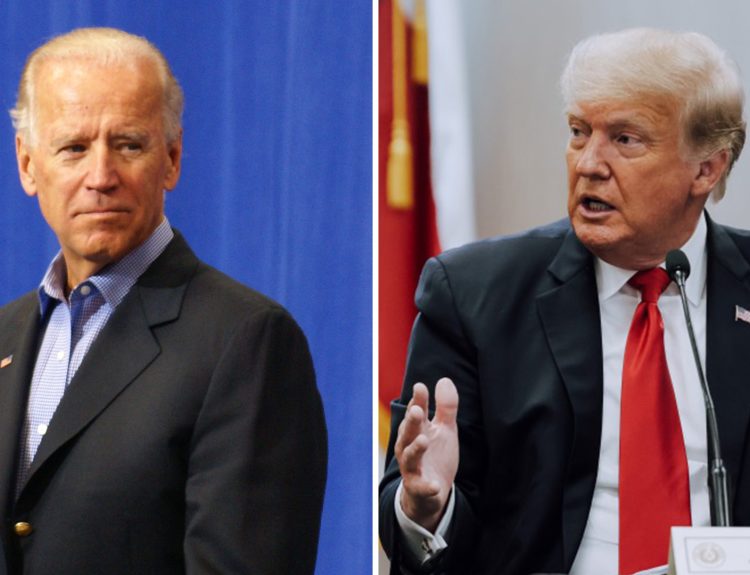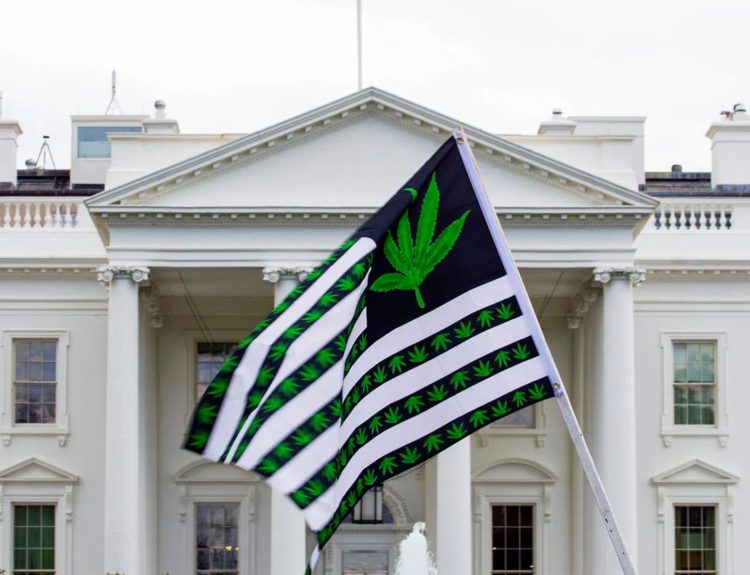The White House State Dinner is an affair to remember, for those lucky enough to be invited. State dinners are some of the grandest and most glamorous events that take place at the White House, and provide the president and the first lady the opportunity to honor the visiting head of state as well as their spouse.
A Courtesy for Foreign Dignitaries
State dinner at the White House is a courtesy offered to visiting foreign dignitaries, and is a public way for the United States government to offer hospitality and seal a friendship with fellow politicians. It showcases both global power and influence, and gives both sets of politicians a platform on which to discuss previous issues.
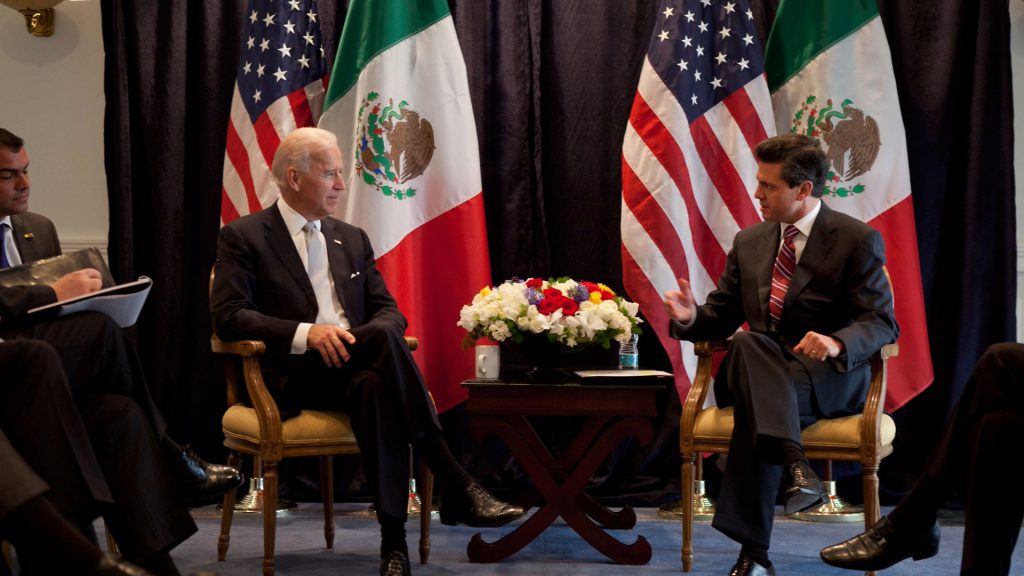
State dinners are a tradition that goes back hundreds of years in America. In the early 19th century, dinners honoring the president’s cabinet, Congress, or other dignitaries were called state dinners, even though they lacked official foreign representation.
Changes with the 19th Century
At the time, Washington society was made up of resident officials, which were a small circle of citizens and occasionally the families of some senators and representatives. The city was made up of widely separated small villages, meaning that large receptions and dinners were a very rare occurrence.
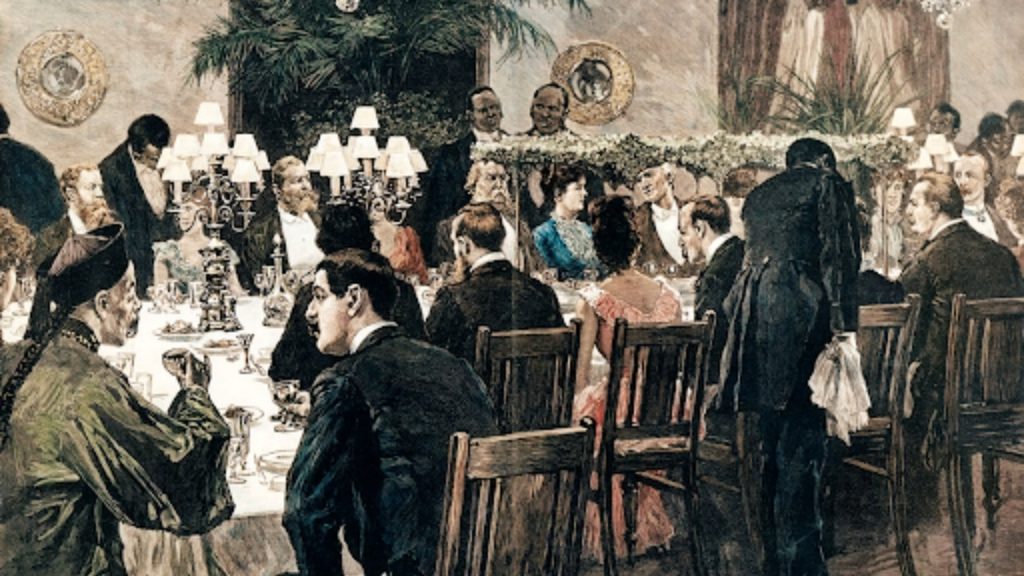
Things started changing with the advent of the 19th century. A series of “state dinners” was held every winter social season to honor Congress, the Supreme Court, and members of the diplomatic community of the time. While this is very different than the modern understanding of what a “state dinner” is, it was still a significant event that brought important Americans together to celebrate something special.
The Modern Tradition of the State Dinner
The modern tradition of state dinners began in 1874, when President Ulysses S. Grant hosted King David Kalakaua from the Kingdom of Hawai’i. Of course, this was long before Hawaii became a United States territory, and the meeting of the President and the King was a significant political and cultural event.

State dinners were fairly small and intimate in those early days. The White House was newly built, and hadn’t been intended for large gatherings of people when it was initially constructed. It wasn’t until 1902, when President Theodore Roosevelt expanded the State Dining Room as part of a larger White House renovation that larger dinners were able to be hosted.
Renovation of the White House
The renovation of the White House created a more appropriate setting for official entertaining on behalf of the nation. The President’s office was moved to the newly constructed West Wing, and the Neoclassical modeling of the state rooms gave Teddy Roosevelt a perfect setting to reflect America’s growing power and influence.

State dinners were heavily influenced by global events in the years following the renovation. State dinners during WWI were few and far between, and the ones that did occur were very simple. The traditional New Year’s Eve reception was even called off in 1918, reflecting the global turmoil of the time.
Contemporary State Dinners
Dinners took place as usual during WWII, though the food that was eaten was simpler due to national and global food rationing. At this time, Franklin Roosevelt abandoned the “made list,” which made room for guests that were invited for reasons other than social.
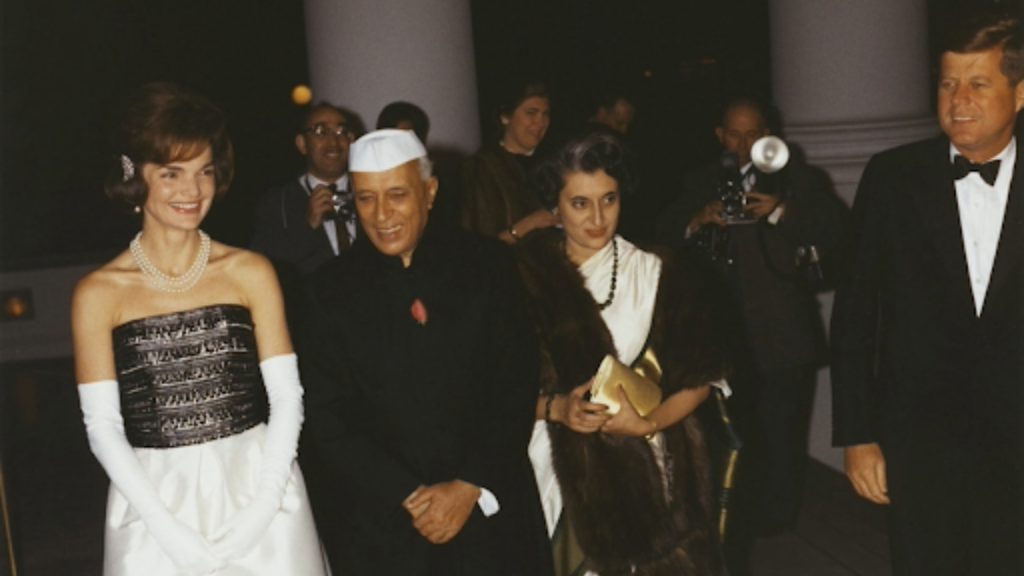
The modern tradition of the state dinner was solidified after the war, in the 1950’s and 60’s. The First Lady and her staff are responsible for planning the entire event, down to invitation design and menu. It’s one of the important duties of the First Lady, and a highly publicized one at that.
Politics is Conducted
As far as what actually happens at the State Dinner, it is far more than mere table manners and a fancy dinner. Due to the often important positions of dignitaries that State Dinners are held for, the important business of government often plays out over appetizers.
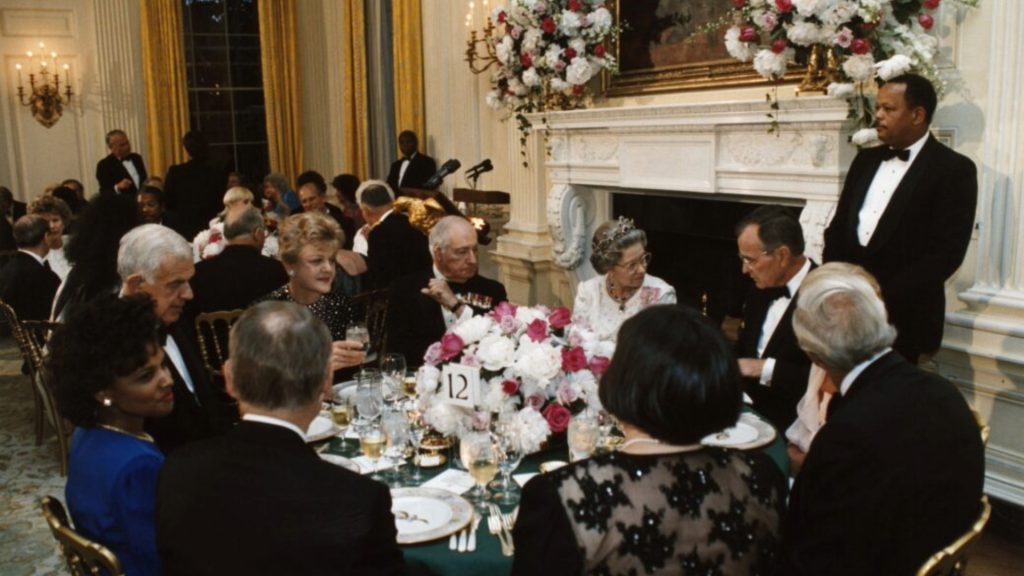
Connections are made between diplomats and dignitaries, celebrities and politicians, and influential information is gathered and spread through the formal appearance. Because of these reasons, the White House State Dinner invitation is one that is highly coveted in national social circles.
Who is in Attendance?
The State Dining Room seats 120 people, and must accommodate both the official party and an equal number of administration people. Beyond that, there is room for 40 couples to attend as guests, which is not many when you consider the number of people who could be or should be invited.

For those who are invited, protocol for seating is a measure of power, and it is taken very seriously. The people who are chosen to sit with the President and the First Lady make a statement to the nation, and it is a matter that is considered very carefully.
Entertainment Chosen Carefully, as well
The guests are not the only important visitors for the White House State Dinner, though. The entertainment is just as important and influential, and is picked out just as carefully as the limited guest list.

For more than two hundred years, the entertainment at the State Dinner has been an American artist, and the showcase performances have often reflected the musical tastes of the President or his chosen guests. The Marine Band has been a presence at the President’s house since 1801, when it first played for President John Adams on New Years Day.
Influential Dinners of the Past
Some of the influential State Dinners in history include 1939, when a State Dinner was hosted for King George IV, the first visit to the United States by a British monarch. 1959, when the Chairman of the Council of Ministers of the Soviet Union, Nikita Khrushchev was a guest of honor; this was the first State Dinner held for a Soviet dignitary.
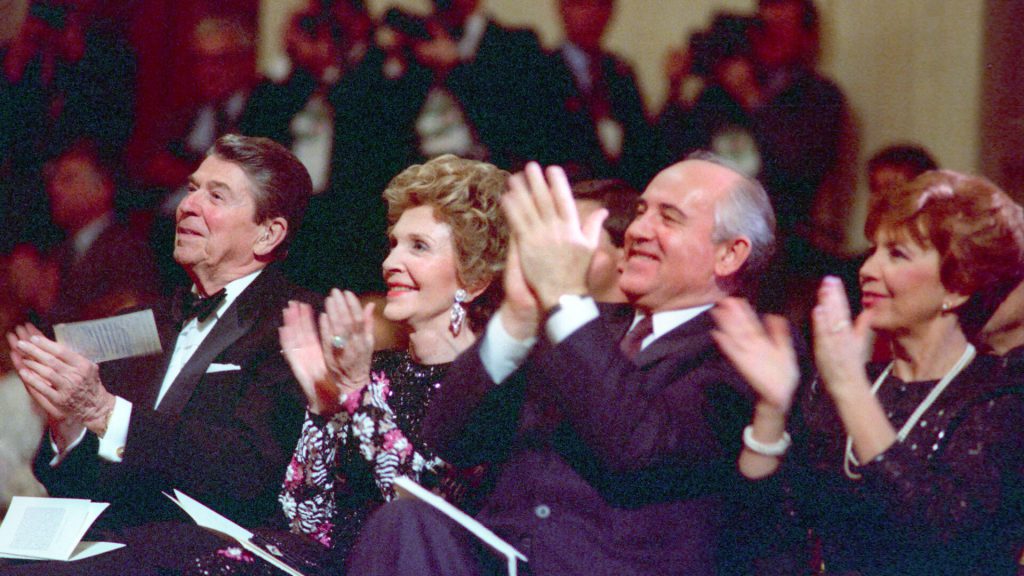
More recently, Mikhail Gorbachev was hosted in 1987 after signing the Intermediate-Range Nuclear Forces Treaty, and Queen Elizabeth II and Prince Philip were hosted in 2007 to celebrate the 400 year anniversary of the settlement of Jamestown, Virginia.
Political Conversations at the State Dinner
Most recently, the White House and President Biden welcomed Prime Minister Kishida of Japan for an official visit with a State Dinner. The visit was intended to reflect the upward trajectory of the U.S.-Japan Alliance, as the global partnership evolves to promote a shared vision of progress.

A significant topic of conversation during this particularly White House State Dinner were global affairs, and national defense of both countries. Conversations were had about deepening defense industry cooperation between the two countries, as well as advancing trilateral cooperation between the United States, Japan, and Australia.
Discussing Green Energy and Climate Change
Important conversations were held surrounding clean energy and climate change as well. This is an issue that is growing increasingly important, and requires global cooperation to mitigate effectively.
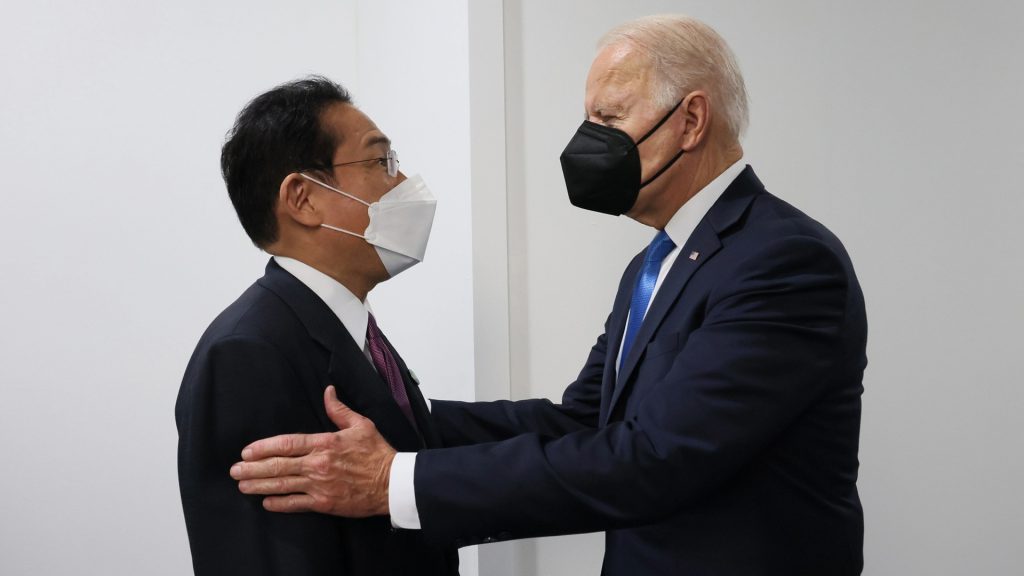
Among the topics were expanding cooperation regarding clean energy and climate between the two countries, expanding investments in quality infrastructure to combat greenhouse gas emissions, and expanding infrastructure to support clean energy. Japan and America, at this Dinner, re-emphasized their national commitments to green energy and battling climate change.
Celebrities at the White House
And of course, the guest list at the State Dinner is almost as important as the topics that are discussed at said dinner. This year, the Biden administration invited an array of politicians and celebrities to dine at the White House, with some significant names among the bunch.
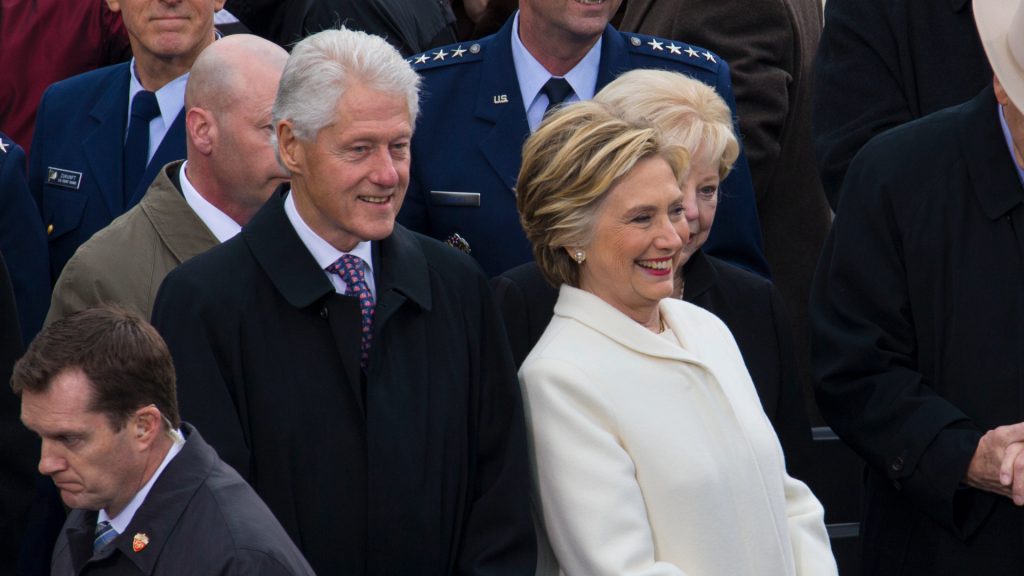
Included in that list were billionaire Jeff Bezos and his partner, Lauren Sanchez, former President Bill and Hillary Clinton, Robert De Niro and Tiffany Chen, Vice President Kamala Harris and Second Gentleman Doug Emhoff, Rep. Hakeem Jeffries and Kennisandra Jeffries, Josh Shapiro and Lori Shapiro, and many others.
An Important White House Event
The State Dinner is an important affair to keep an eye on when it comes about, though it is far from the only important event to take place at the White House.
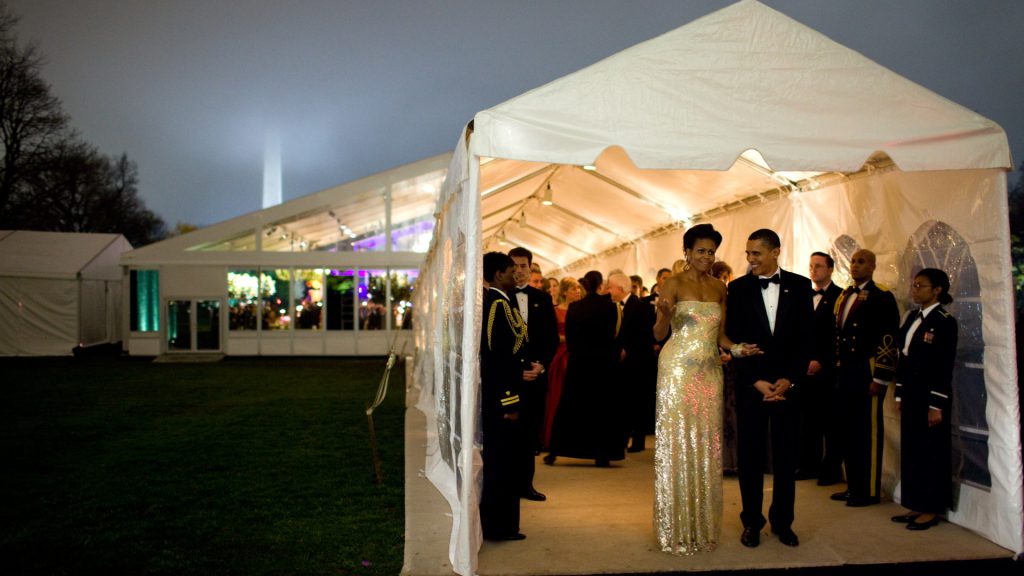
It is a time for politicians to come together and civilly discuss the matters of state, and create alliances that hopefully last beyond administrations. Biden has significant work to do ahead of the 2024 election, and hosting the State Dinner is only one of the ways he can solidify his place in history.

